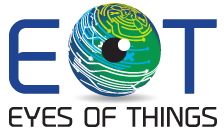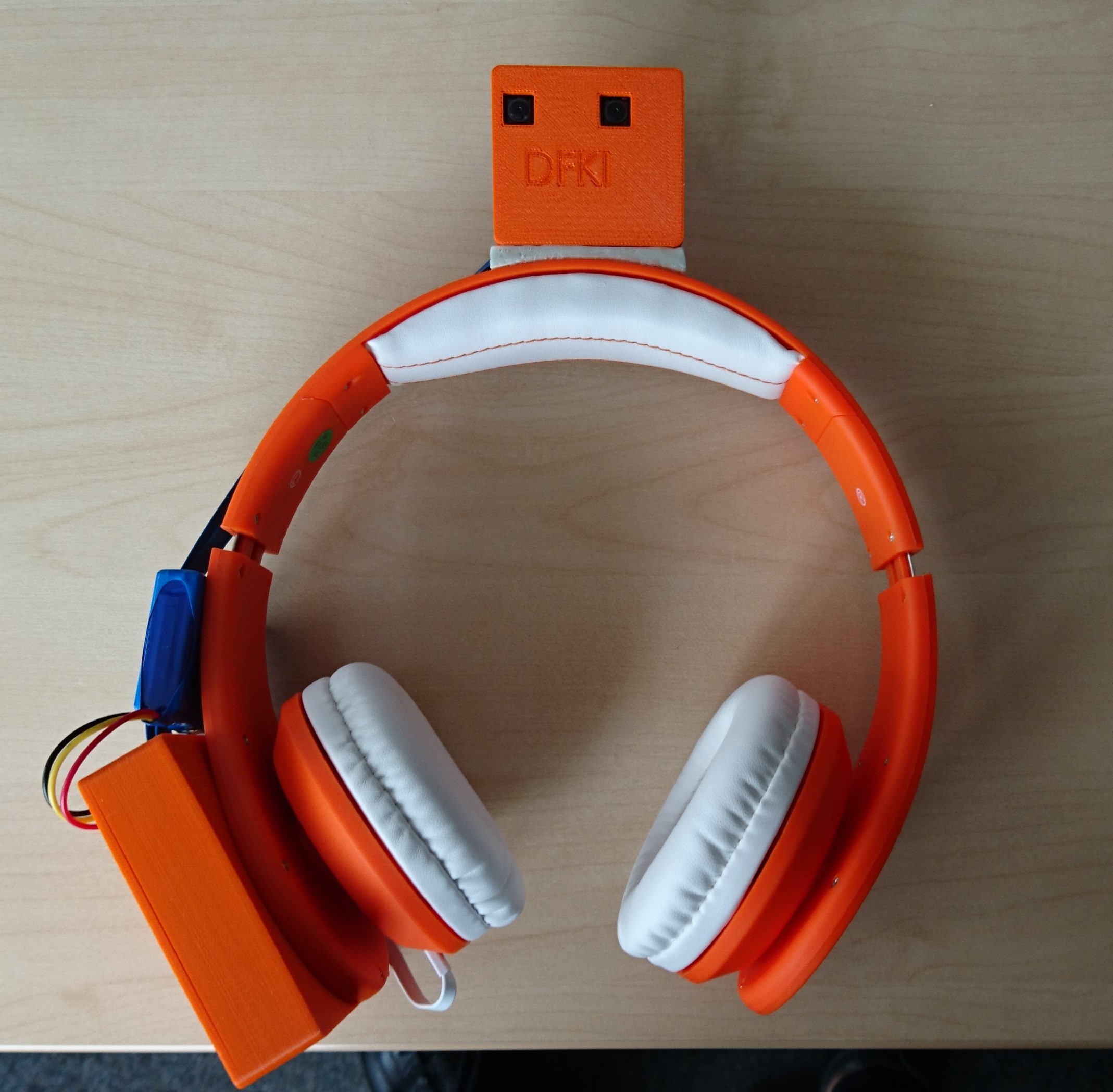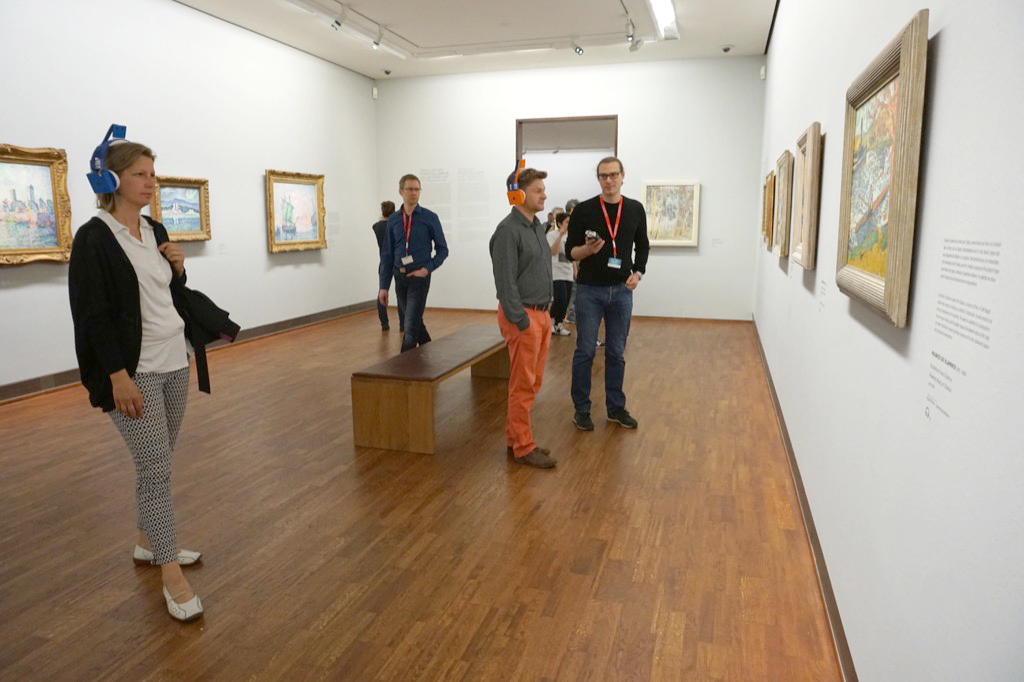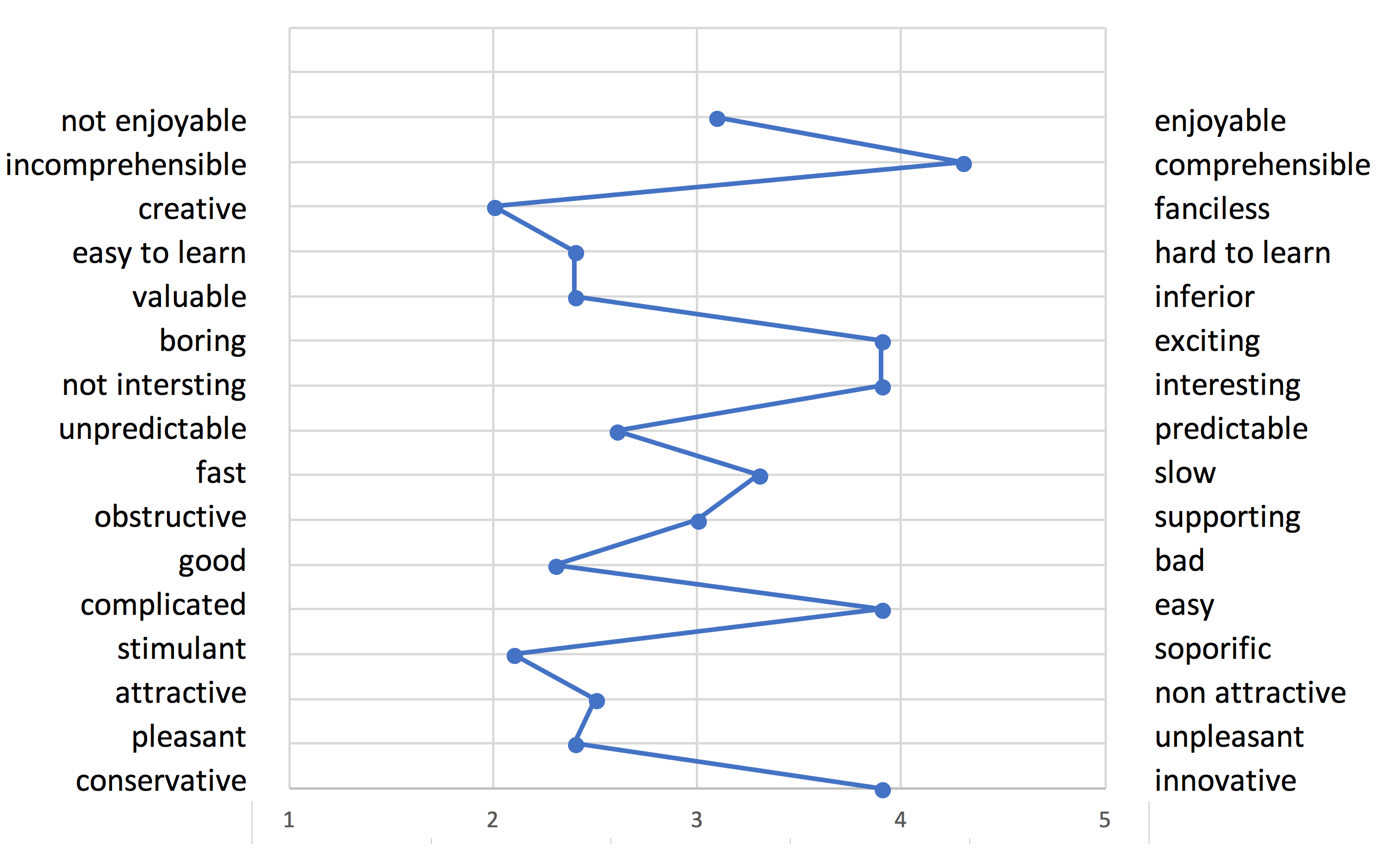In order to assess the performance of the hardware and software solution developed for the Museum Audio Guide demonstrator, a number of laboratory tests were conducted first. Then, two prototype EoT-equipped headphones have been built in order to conduct test in real conditions. The pilot has been organized jointly by Fluxguide and DFKI with the support of the Albertina Museum in Vienna.
In the museum, a minimalistic demo exhibition was created. Fluxguide and Albertina analyzed the Albertina collections, exhibitions and topics to find the most suitable piloting space for the EoT museum guide pilot testing. Fluxguide and Albertina decided to go for the permanent exhibition “The Batliner Collection – Monet to Picasso”
30 different persons from the museum industry were selected in order to have a qualified assessment not only on the EoT museum guide device and functionality, but also on strengths and weaknesses for museum operations and market potential.
The pilot has two aims:
Test the power consumption
The power consumption was analyzed in two settings: (1) during the painting recognition phase and (2) during audio playback. The power draw during painting recognition is 1.15 W. Audio playback consumes additional 0.2 W which leads to a total power draw of 1.35 W. The prototype devices use a 7.59 Wh battery. At full charge this translates to 5:30 h to 6:30 h of operation based on the usage profile. For example, if audio is playing 80% of the time the battery lasts for approximately 5:45 h. We note that a more powerful battery of 4000mAh weighing 95g could be also used, and this would double the battery time to 11-13h.
Evaluate and know the user experience
The testing workflow pretty much simulated the designed EoT Museum Guide workflow from the specification phases. I.e. testing visitors arrived at the EoT Museum Guide welcome desk, got a short personal introduction, received the prototype devices and then entered the exhibition. During their visit, the EoT Museum Guide recognizes paintings, giving additional audio storytelling on the artworks due to short notifications and one-button-push for playback.
One Fluxguide person from the welcome desk accompanied the testing visitors in order to take general observation notes on user behavior as well as to give assistance if needed.
In order to evaluate the piloting test runs, Fluxguide designed a multi-chapter questionnaire which queried (1) design, handling and functionality of the Eot Museum Guide prototype as well as (2) the market potential of a fully developed EoT Museum Guide. The questionnaire contained a total of 40 different questions and topics. Question types were designed as a variation of likert scale assessments, single- / multiple-choice questions, and open questions. It also contained a demographic section for specifying the context of the tester.
Testing visitors had to spontaneously rate the prototype between 1 (very good) and 5 (very bad) on bipolar concepts like “creative – fanciless”, “boring – exciting”, or “fast – slow” (please find the questionnaire attached in the Appendix). This is a well-known method to get an intuitive assessment of the subjective impression on the tested service.
The positive peaks show that users especially value the experience as creative and stimulant as well as “comprehensible” and “easy”. This indicates that the system is keeping its promises on its main benefit which is simplicity of use due to minimalistic user interaction. Image recognition makes the handling very easy because of automatic detection and the fact that – contrary to available guides – the hands are free during visit.
Museum Guide – Concept http://eyesofthings.eu/?page_id=1879
Museum Guide – Development http://eyesofthings.eu/?page_id=1880




